Technology
Microbial-based solutions – Trichoderma
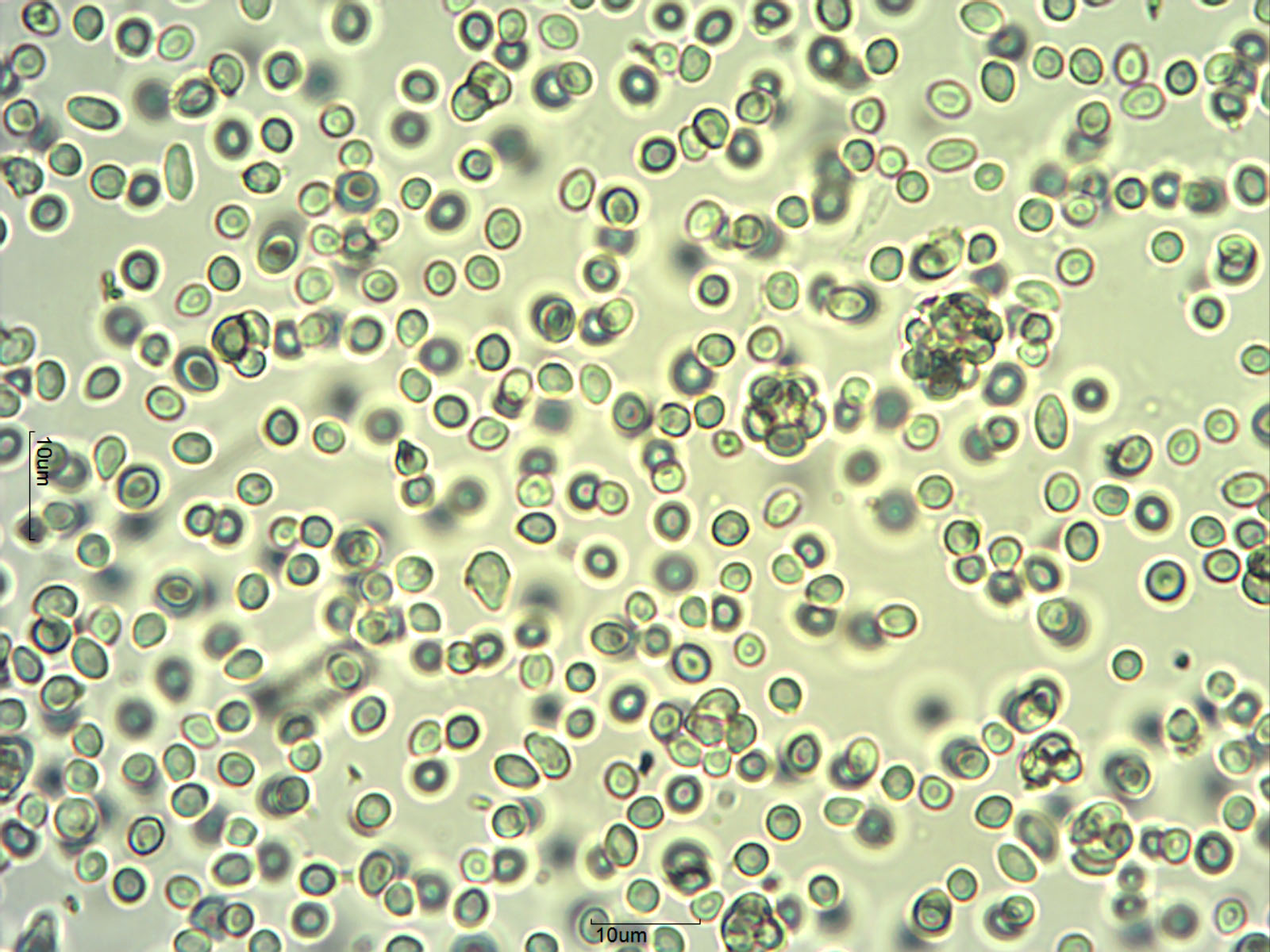
Microscope of Trichoderma conidia
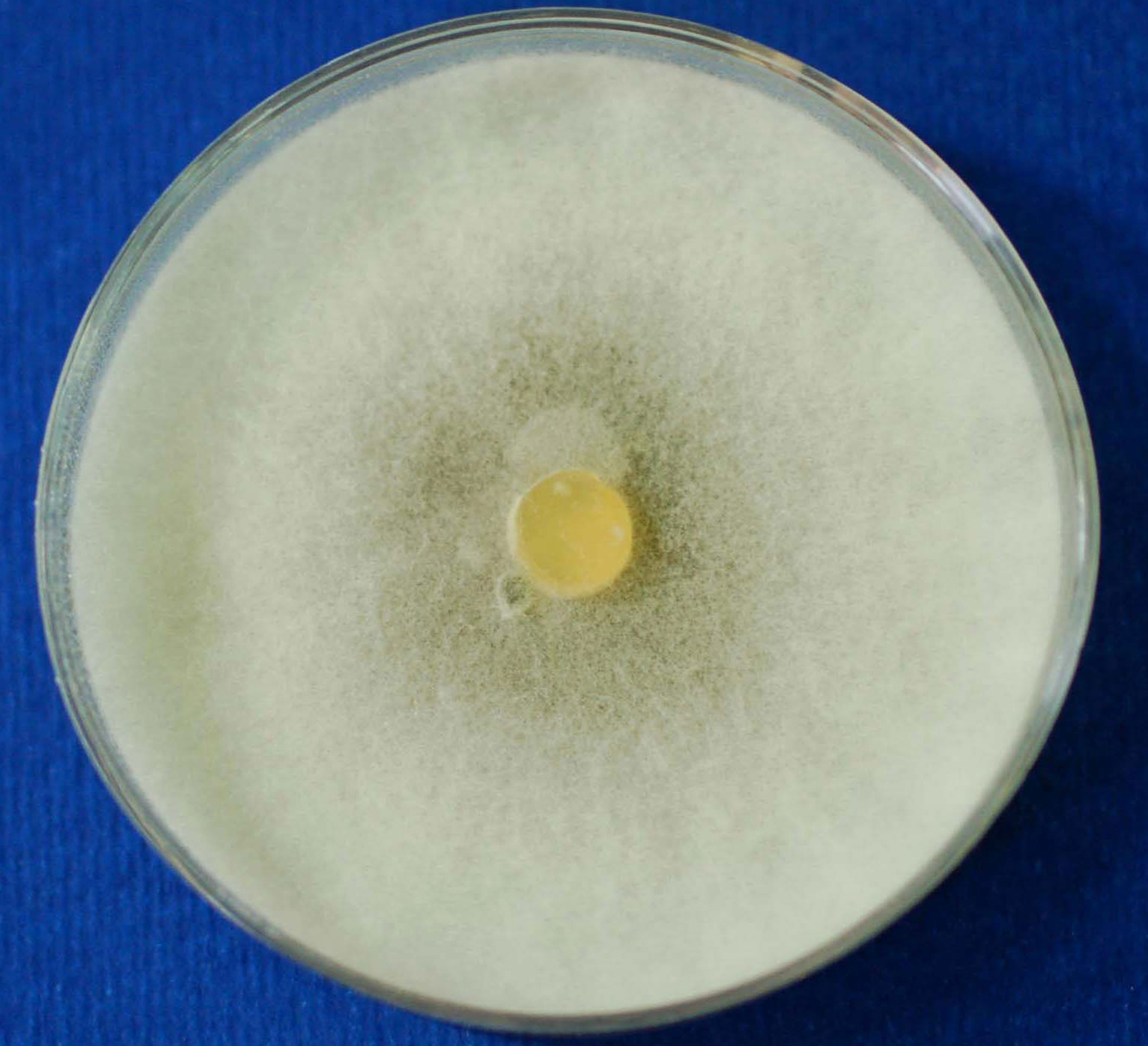
Trichoderma spp. cultures grown in vitro
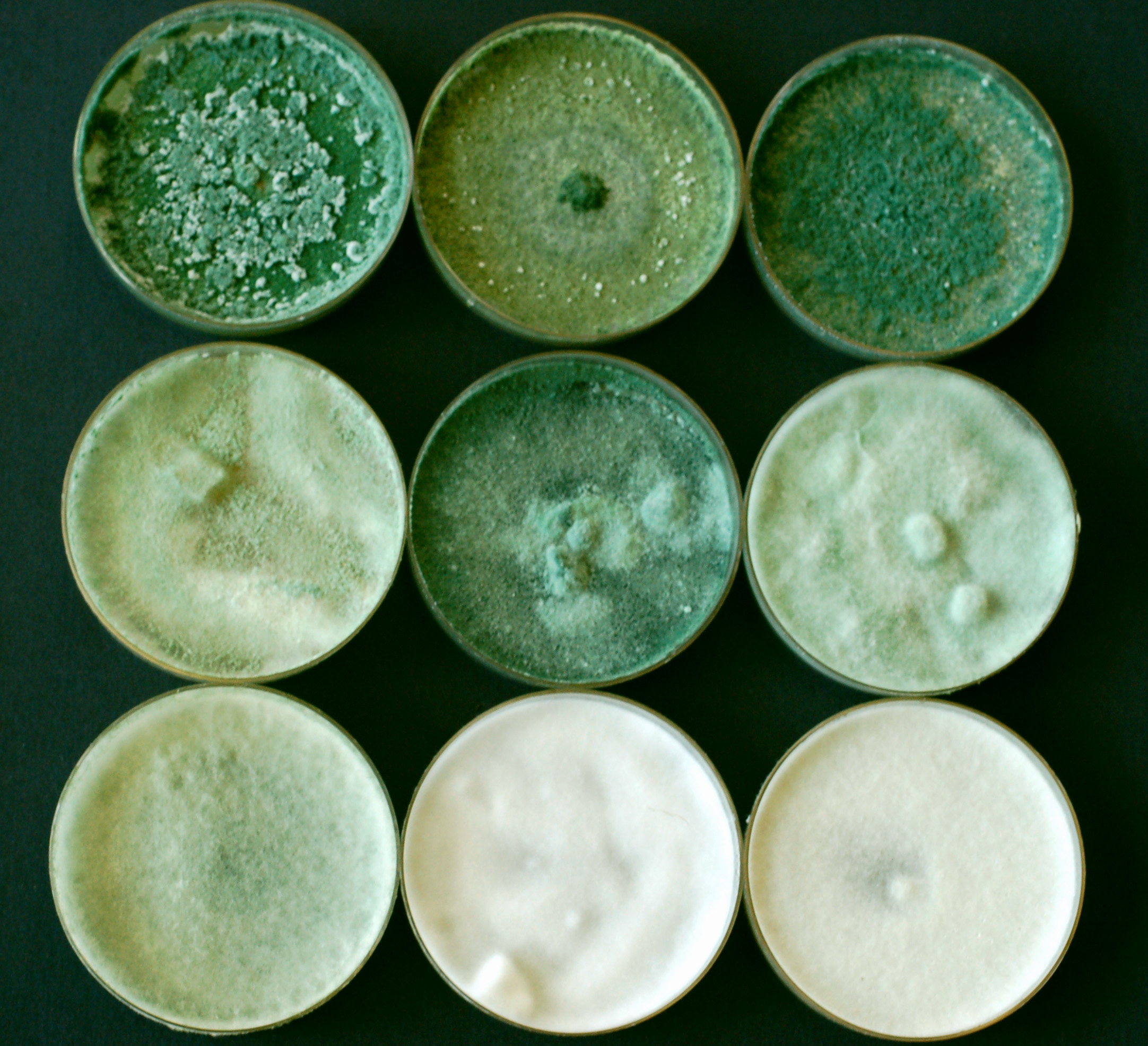
Trichoderma spp. cultures grown in vitro
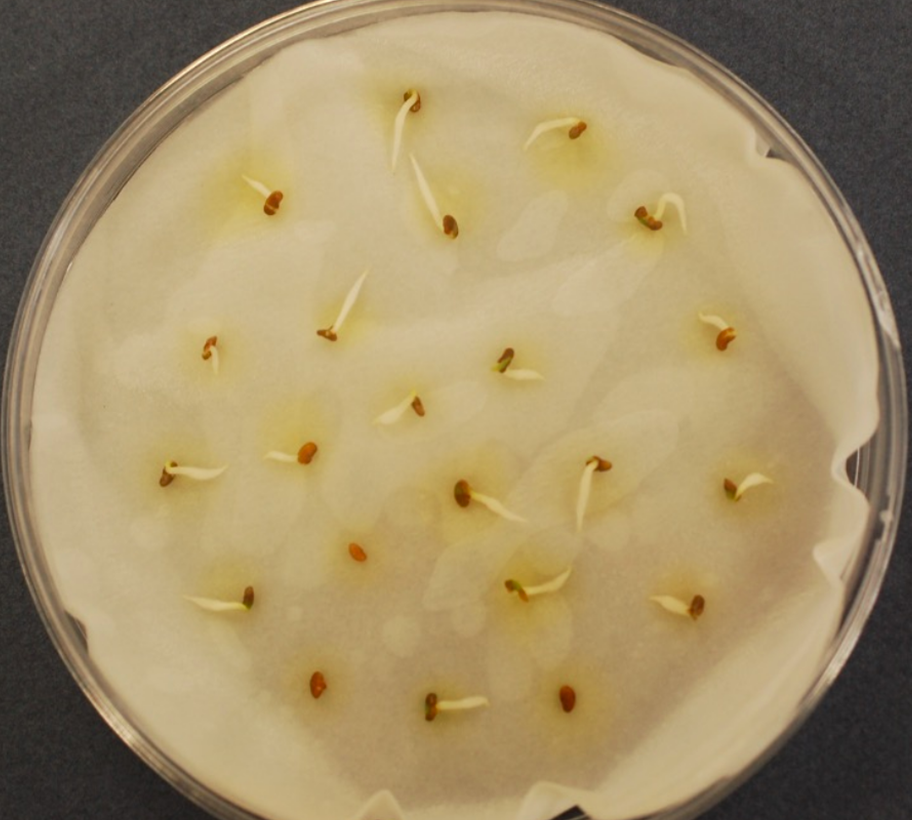
Alfalfa (Medicago sativa) seedlings germinating on filter paper in Petri dish

Alfalfa (Medicago sativa) seedlings emerging from sand inoculated with Trichoderma sp.
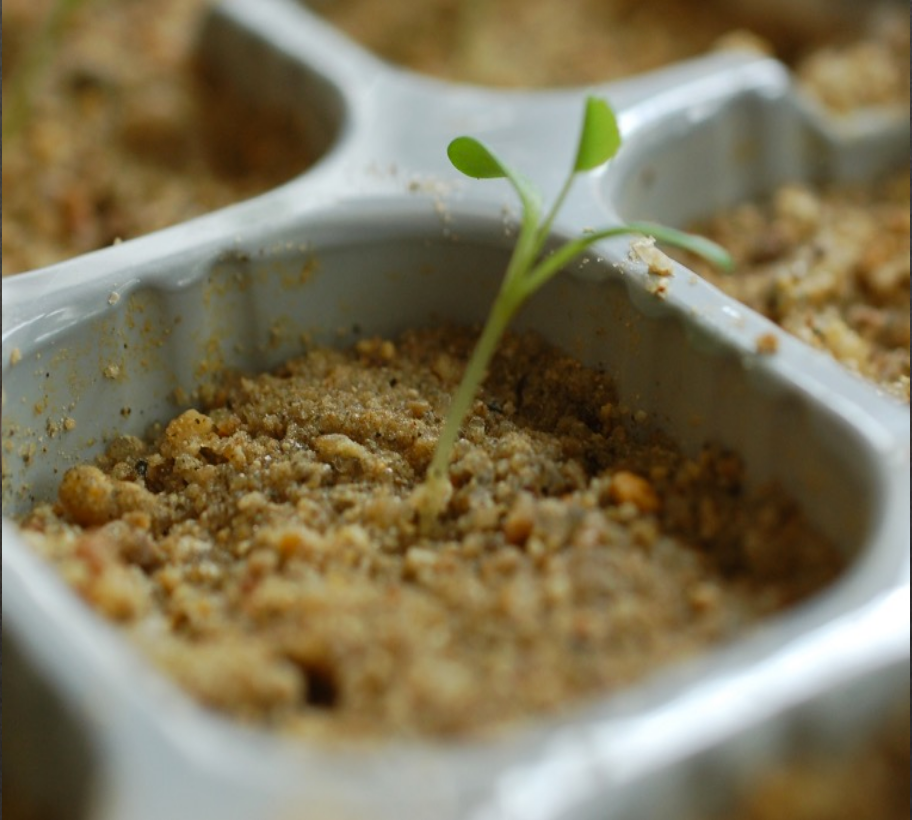
Alfalfa (Medicago sativa) seedlings emerging from sand inoculated with Trichoderma sp. – detail
About the technology
The solution
Plants cope with multiple abiotic and biotic stresses during their entire growth cycle. These stresses may include drought, salinity, nutrient deficiency or toxicity, extreme pH values, pathogens and pests. The use of beneficial microorganisms may represent a nature-based solution to reduce stress-inducing factors, thereby easing plant adaptation to unfavourable environmental conditions. Antagonistic Trichoderma spp. strains are being selected by researchers at UNISS-NRD for their remarkable biological control potential against soilborne plant pathogenic fungi affecting many crops.
Objectives of the project
The main objective of this research is to identify new isolates of antagonistic Trichoderma species able to control soilborne plant pathogenic fungi and to create ideal conditions for the establishment of crops (mainly horticultural and pasture crops, but also trees for afforestation), particularly during the most critical phases of seed germination, emergence and post-emergence. Moreover, selected Trichoderma isolates will be tested for their ability to improve plant resistance to water scarcity and soil salinity by promoting root development, stomatal conductance and photosynthetic efficiency.
Ecological context
Trichoderma– based formulations can be applied on horticultural crops, pasture crops and trees intended for afforestation or agroforestry production (e.g., cork oak). Plants for planting including seeds are the ideal target for this approach: the Trichoderma formulations should be applied either as seed coating or added to the sowing/rooting substrate during the first phases of pre- and post emergence. The Trichoderma strains will colonise the rhizosphere and become established throughout the entire life of the plant.
Main constraints
The main constraints in the application of Trichoderma-based inoculants are related to the type of soil that may not be always appropriate to support the establishment of these microorganisms. Trichoderma spp. grow well in acidic or sub-acidic soils, whereas they are frequently inhibited by high pH values. Also temperatures above 40°C may hamper the establishment of these fungi, and for this reason a special focus is given to thermotolerant strains.
Main business opportunities
Despite many commercial formulates are already available, Trichoderma-based inoculants are still offering attractive business opportunities due to the following reasons: (i) lack of commercial strains able to protect plants from multiple stressors; (ii) lack of commercial strains adapted to dryland/pasture land; (iii) many effective synthetic fungicides are progressively being phased-out, hence there is a lack of effective means to control plant pathogens; (iv) increased public awareness on the need to improve plant health by reducing chemical inputs.
Socio-economic context
The proposed practical solution shall be used in marginal agricultural settings, such as drylands and pasture lands that are particularly sensitive to climate variability. Drought exposure reduces plant resilience to other abiotic and biotic stresses, hence amplifying their negative impact on plant productivity, carbon sequestration potential and ecosystem function. Moreover, adoption of control measures based on synthetic pesticides may be either unaffordable or ecologically unsound under these conditions, therefore bio-based solutions may represent the most sustainable choice.
Information to maximize the adoption
The adoption of microbial-based solutions by the end users requires basic technical knowledge on microorganisms, their nutritional needs and ecological constraints. This is a prerequisite to boost the biological properties of the inoculum and maximise the positive impact of the selected microbial formulation. Similarly, the mass production of Trichoderma (as any other microbial-based formulation) requires equipped laboratories and facilities and skilled personnel to warrant quality, purity and genetic stability of the active ingredient as well as a shelf life of the formulated antagonist of at least 6 months. These actions require substantial investments in R&D.
Indexes
Workers needed
Skilled workers are essential
Ease of use
Learning to use the solution requires little time
Adaptability
Quick and easy to be adopted
Effectiveness
The solution address the challenge / problem
Reliability
The innovation is sufficiently stable over time
Cost
The investment needed to implement the innovation
Greenhouse emissions
Impact of on climate change
Water availability
The impact of technology on water availability
Water quality
The impact of technology on water quality
Technology Feedbacks

Quirico Migheli
NRD, University of Sassari
⭐ ⭐ ⭐ ⭐ ⭐
Trichoderma-mediated effects are strain-specific. This should be always considered when choosing the Trichoderma strain to be applied in a given farming system. Soil pH, organic matter, target host plant, type of stress (e.g., biotic vs abiotic), temperature and water availability are only a few of the multiple factors affecting Trichoderma survival, establishment and foreseen effects in planta.
Have you had the opportunity to try this technology?
Leave your feedback and we will publish it.
Technical data sheets and documentation – Microbial-based solutions – Trichoderma
Living Lab where we tested it
At present the Trichoderma-based formulations are tested on pasture crops in the Sardinian LL (Berchidda). An interest in this technology has also been expressed by the team working in the Egyptian LL.
Egypt
Greece
Italy
Morocco
Tunisia
Do you want to learn more about the suitability of our technologies?
Use our solution finder to check the usability of this technology in your area or agricultural business.
Leave your Feedback

